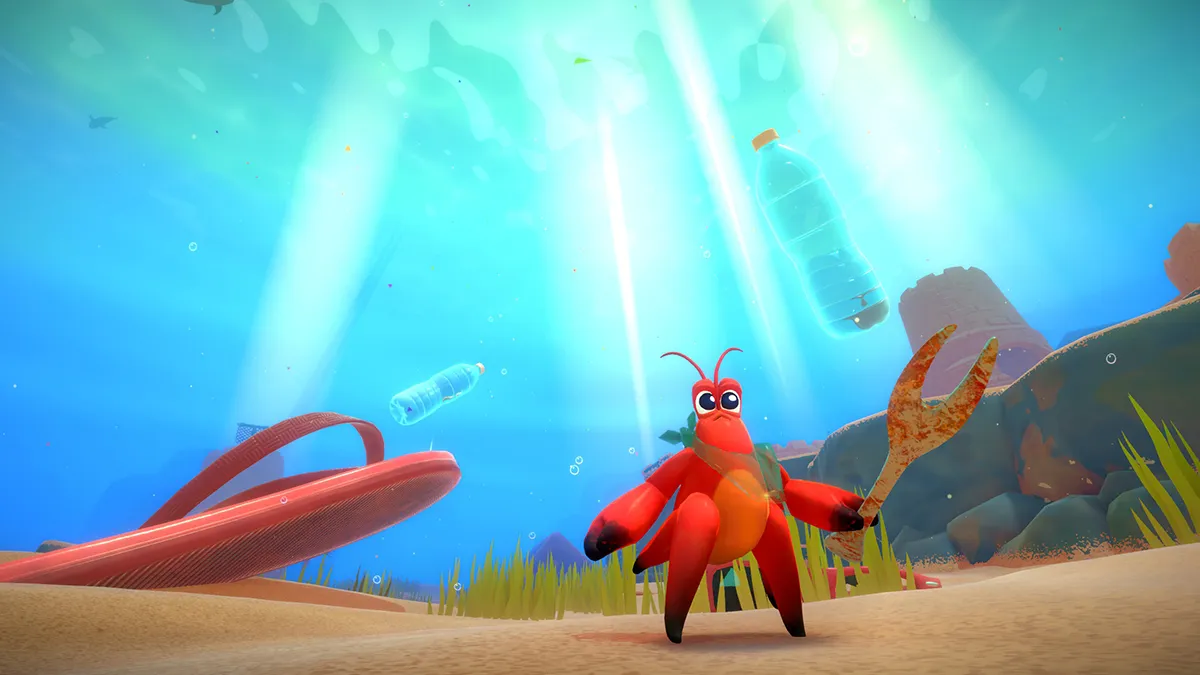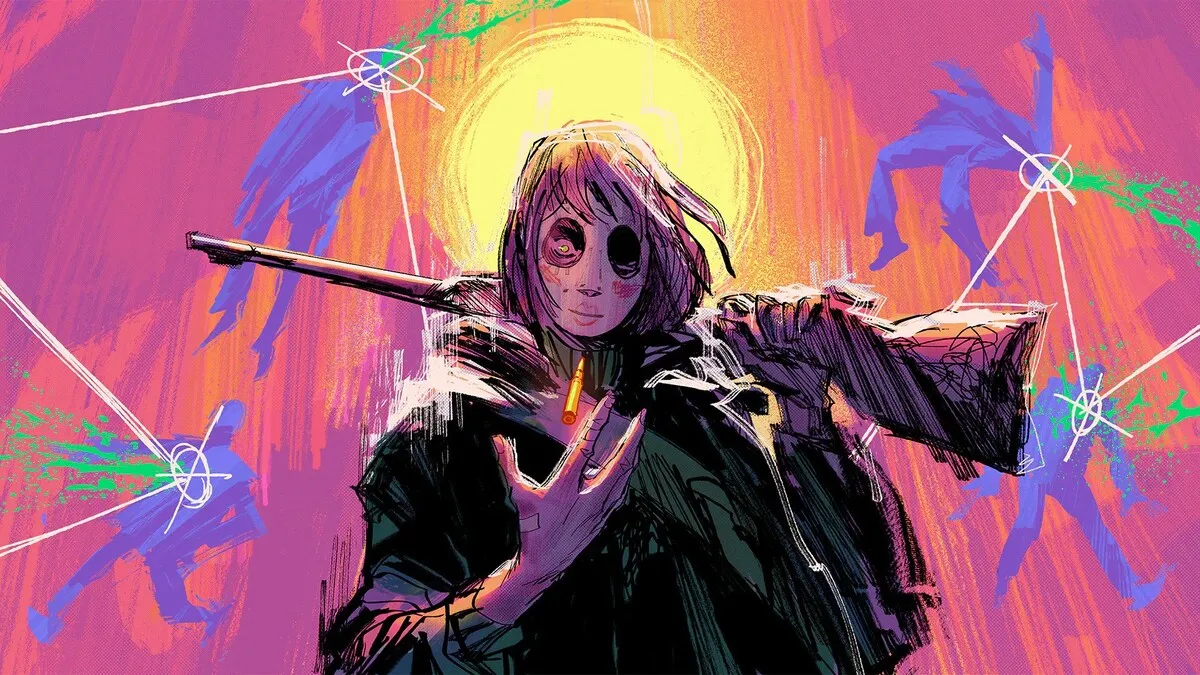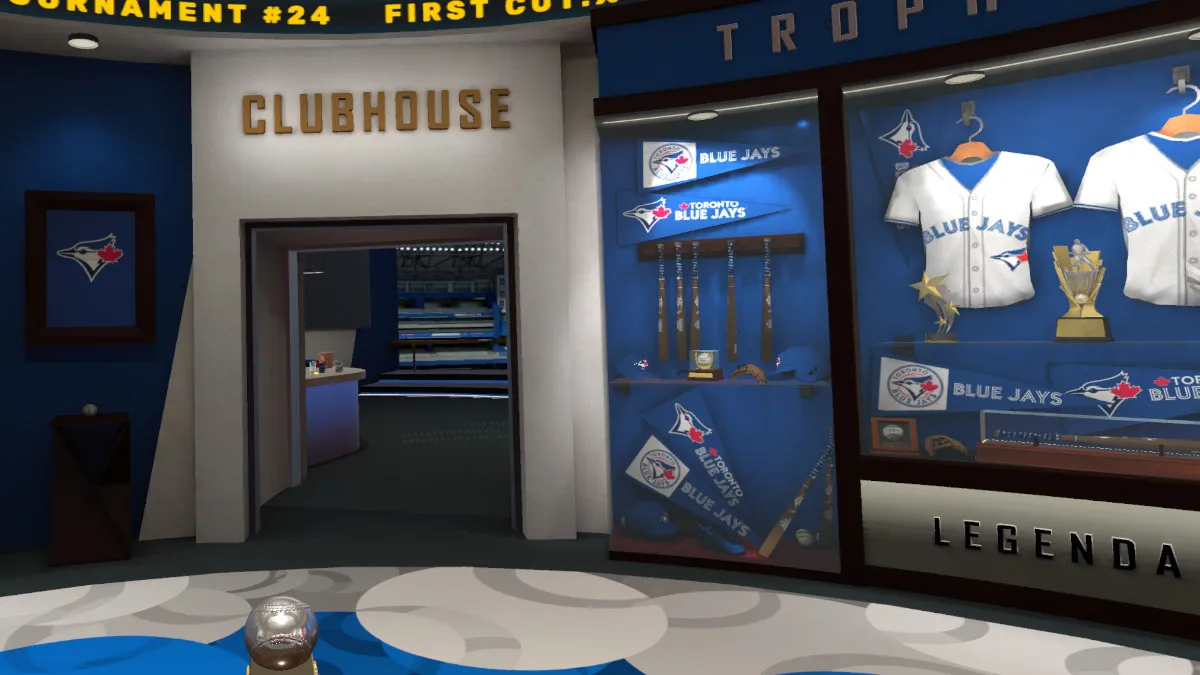The Dark Pictures Anthology: Little Hope is the latest entry in the “choose your own adventure” style horror games from developer Supermassive Games. It follows 2019’s Man of Medan, and features the same dialogue choice options as 2015’s Until Dawn.
As familiar as Little Hope feels in its setup and design, there are some new additions that add to the game and the way in which it’s played. The first thing that struck me about Little Hope was the accessibility options on offer.
You’ll find way more accessibility options to play around with in Little Hope than Man of Medan, and it’s wonderful to see. You can tell Supermassive Games put a lot of thought and effort into these options, and that they care about making sure the game experience is can be enjoyed by as many people as possible.
The increased focus on accessibility in Little Hope isn’t all that surprising though given that Man of Medan was also more accessible than Until Dawn, swapping the need to keep your PS4 controller still with quicktime events instead.
The switch to quicktime events was something that improved Man of Medan a lot for me, even though I admittedly suck at quicktime events. Having quicktime events over controller balance also adds tension to the game because you’re so focused on what’s happening to the characters that the quicktime events can sometimes take you off guard (in a good way).
Little Hope has similar quicktime events as Man of Medan but makes them a little easier to manage. You can also increase how easy they are through the game’s accessibility options based on what’s needed.

Personally, I don’t feel like the more forgiving quicktime events strips any tension away from the game. You’re still surprised when quicktime events pop up, and you still have to keep yourself calm enough to press the right buttons even as you’re given more time to think these actions through. Extra time won’t save you from pushing the wrong button out of panic, that’s for sure.
I’ll mock myself openly about things like pushing the wrong button in Man of Medan and getting Conrad killed. Fortunately, I avoided embarrassing mishaps like this in Little Hope, but there were a few close moments where I almost slipped and pressed the wrong button.
If you enjoyed the gameplay in Man of Medan, you’ll enjoy the gameplay even more in Little Hope. Like the quicktime events, pressing buttons in rhythm to a heartbeat makes a return. However, the buttons will now change instead of staying the same button throughout.
When you aren’t being asked to engage through strategic button pushing, you’re walking around exploring certain areas and seeking out items to pick up. To avoid spoilers and giving too much away, I’ll just say that there’s more incentive to explore and find these secrets because you’ll gain a better understanding of the story.
Without these items, you may feel a bit more lost at the end of the game. If you’re impatient in regards to item collection, you can also gain additional clarity by playing through the game again, or by reading fan theories online that piece things together in convincing ways.
I really enjoy feeling as though the things I find in the games are little breadcrumbs of information rather than just bonus items for the sake of bonus items and completion. In the case of Man of Medan, the game showed its hand way too early.
Information given to you through item discovery felt redundant and made you less inclined to wander around collecting things. With Little Hope, the story is less obvious. It keeps you guessing, and it makes you want to collect bonus items because they actually can help certain things make sense.
Little Hope’s story has a number of layers that you have to peel back so even when you gain insight into one thing, you’re still left pondering over something else. None of the collectibles gives away too much so as to ruin the rest of the game for you, which is very much appreciated.
Before I go overboard gushing over the way the story is set up, I want to mention a few other things. First, there are no bugs or glitches in Little Hope. At least, I didn’t experience any and I played through the game several times. Note that I played Little Hope on console as opposed to PC.

As expected from a Supermassive Games title, you’re asked to make dialogue choices in the game that range from two answers to saying nothing at all. The impact these choices have is different in Little Hope in that it’s not just external factors being changed and altered.
You really need to take each character in a particular personality direction in order to get better or worse outcomes. For example, Taylor has a number of headstrong, stubborn responses that you’re going to want to (maybe) avoid.
It’s nice to feel like the dialogue options — including what sort of tone and personality direction the options provide — make a real difference in the game. It makes you think more carefully about what you pick, or don’t pick. It keeps you invested, even with characters you don’t like.
And of course, there are different endings which add replayability to the game. With Little Hope having a more complex story overall, there’s more incentive to replay the game as opposed to Man of Medan.
I ended up playing through Little Hope three times to try and wrap my head around a few loose threads with one particular character, Megan. To avoid spoilers, I’ll just say that while Little Hope diverts away from the supernatural in many ways, Megan’s situation leaves plenty of room for speculation.
It took me around five hours to complete my first run of the game, and closer to four hours the second time around. You can get things done a lot quicker when you’re bulldozing your way straight through the game as opposed to wandering around looking for clues and speculating over which dialogue options to pick.
Circling back to the game’s story, Little Hope may be my favorite title from Supermassive Games yet. In many ways, the story as a whole feels reminiscent of Silent Hill from the fog to the catharsis one particular character experiences.
The game’s opening act is shocking, subverting all expectations and leaving you sitting with your mouth agape wondering what in the hell just happened. Likewise, the game throws in bonus nods to history with references to the Andover Witch Trials that make you question what’s real and what isn’t.
Little Hope is more of a psychological horror than a “jump scare go boo” experience. I think the sheer complexity of Little Hope’s story benefits the game more than anything in holding your interest throughout.
Although, I also understand that Little Hope focusing more on story than action-packed events end up making the game feel distinctly less scary than Until Dawn and Man of Medan.

The lack of scares may feel like a letdown for people who enjoyed being harassed by wendigos in Until Dawn and the twisted visions of death aboard the ghost ship in Man of Medan. While Little Hope may reference things like the Andover Witch Trials and demons, the game is ultimately more of a dark mystery.
One that’s packed full of clever references and metaphors that you’ll speculate over long after you finish the game for the first time… or even the third time.
I hate to be the person who drags Stephen King into everything, but Little Hope does feel like it was inspired by some of King’s practical monster stories. An easy reference to make would be The Mist given the mysterious fog theme, but I honestly see more of 11/22/63 or even something like Lisey’s Story when playing Little Hope.
I suppose I could also rope in the TV series based around King’s stories, Castle Rock, into the mix here as well. Anything with more mystery over straightforward horror applies. Anyway, the point is that I like the direction the developers took with Little Hope’s story.
They’ve made a game that’s way more interesting to play than Man of Medan, and easier to play for people who need the accessibility features that have been added. The main downside to Little Hope is that it’s just not scary. I’d also say that some of the side characters were forgettable, making it hard to care about them in the broad scheme of things.
The ending may disappoint you if you aren’t typically a fan of stories that are more metaphorical than practical in nature. A lot of it is left up to your personal interpretation as opposed to a game like Man of Medan that makes it very clear that “Manchurian Gold” is the root cause (if you played Man of Medan you’ll know what I’m talking about).
If you can set little things like that aside, Little Hope is fantastic. It’s a clear improvement over Man of Medan in terms of story approach, and while many will say that Until Dawn reigns supreme, Little Hope isn’t too far off from Until Dawn. If anything, they’re pretty even in my mind. Different where they need to be, but both enjoyable as hell.
Pros
- The story is done incredibly well, adding incentive to strategically picking dialogue options, tracking down collectible items, and replaying the game for reasons other than different endings alone.
- More accessibility options. The developers clearly cared about making Little Hope accessible and I think that’s commendable.
- Visually, the game is stunning. The way Supermassive Games renders faces gets better and better with each game they release.
- No bugs, the game feels clean and polished across the board (on console).
Cons
- The game won’t scare you. It’s less of a horror, more of a mystery.
- Some of the characters felt forgettable with performances that felt a bit flat and lifeless in places.
- Ending may disappoint you.
Score: 9
A copy of this game was provided by the publisher for review.




